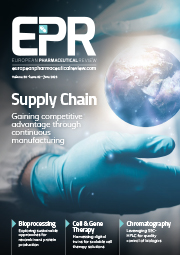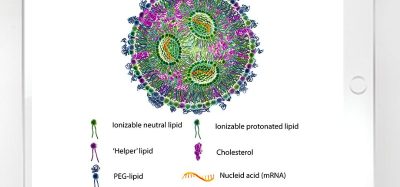The changing environment in pyrogen and endotoxin testing
Posted: 26 April 2018 | Johannes Reich, Josh Eaton, Marsha Steed | No comments yet
Pyrogen testing of drug products for parenteral administration is a mandatory task. Regulatory authorities require that each batch of drug product is pyrogen-free. Historically, the rabbit pyrogen test (RPT) was the required test but in most cases can be replaced by the endotoxin specifi c Limulus Amebocyte Lysate (LAL) test.


AS TECHNOLOGIES have advanced, new test methods like the recombinant Factor C Test (rFC) and Monocyte Activation Test (MAT) have been developed and made commercially available. However, the question as to when rFC and MAT versus LAL and the rabbit pyrogen test may be used can be confusing.
For instance, the MAT is used to detect or quantify substances that activate human monocytes or monocytic cells to release endogenous mediators. Therefore, bacterial endotoxins, as well as non-endotoxin, have been shown to stimulate the production of pro-inflammatory cytokines (eg, interleukins). These cytokines have a role in fever pathogenesis. Consequently, the MAT is intended to detect the presence of pyrogens in the test sample and include peptidoglycans, lipoteichoic acids, synthetic bacterial lipoproteins, and flagellin.
According to the regulations, to ensure quality control of parenteral drugs the suitability of the MAT must be demonstrated in a product-specific validation. In Europe, chapter 2.6.30 of the European Pharmacopoeia provides compendial guidance.
The MAT method
Moreover, MAT is thereby intended as a replacement of the rabbit pyrogen test. In other countries, including the US, the test is classified as an alternative method and must follow the specific associated regulations. Benefits of the MAT method are that it is an in-vitro test method and allows for detection of a broad range of pyrogens in addition to endotoxins.1
An additional method in this field is the rFC test. This advanced test for bacterial endotoxins is used to quantify endotoxins from Gram-negative bacteria using a recombinant protein, Factor C (rFC), derived from the gene sequence of the horseshoe crab and expressed in a cell culture manufacturing environment. The rFC test is currently classifi ed as an alternative method and thus requires additional validation efforts compared with compendial methods. However, due to the benefits of recombinant tests, these are currently evaluated by several drug manufacturers and regulatory authorities.
The rest of this content is restricted - login or subscribe free to access


Why subscribe? Join our growing community of thousands of industry professionals and gain access to:
- bi-monthly issues in print and/or digital format
- case studies, whitepapers, webinars and industry-leading content
- breaking news and features
- our extensive online archive of thousands of articles and years of past issues
- ...And it's all free!
Click here to Subscribe today Login here
Issue
Related topics
Related organisations
Concordia Valsource, Microcoat, Parenteral Drug Association (PDA)









